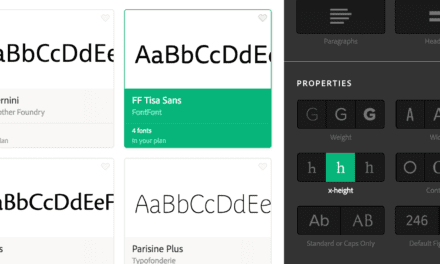ARTICLE SUMMARY: Accessibility has become a priority in recent years. The evolution of accessibility reflects humanity’s growing understanding of inclusivity, advancing from basic physical accommodations to comprehensive, user-centric design practices in both physical and digital spaces.
Autism is one of the more challenging disabilities to design for. Designing for autistic users is crucial for fostering inclusivity, equity, and accessibility in user experiences. Autism affects approximately 1 in 36 people in the United States making it a large and diverse group of potential users.
“Designing for autistic users” by Tamara Sredojevic looks into and addresses the challenges of designing for autistic users and gives recommendations on how to approach these challenges. Some of the recommendations include
- Asking clear questions
- Follow Jakob’s Law
- Don’t trigger popups without user action
Autistic users may face challenges such as sensory sensitivities, difficulty processing complex information, or trouble navigating social interactions in digital environments. Thoughtful design helps eliminate these barriers, enabling autistic users to engage more fully with products and services.
By addressing specific sensory, cognitive, and interaction needs, designs can become more intuitive for broader audiences. By creating designs that meet the needs of autistic individuals it ensures your product or service is usable by more people and will help improve your and your clients bottom line.
This article is well worth reading and a great resource to have.
Let us know what you think in the comments.




